First-Graders Modeling Day and Night: Making Sense of a Phenomenon
By Cindy Workosky
Posted on 2018-08-14
As a first-grade teacher in Detroit with predominantly Latinx students and English language learners, I worked for several weeks at the end of last school year with a doctoral candidate in science education and former elementary teacher, Christa Haverly, and by extension, an associate professor in science education and expert in scientific modeling, Christina Schwarz (see our bios below). We co-planned a unit around the Space Systems standards for first grade: 1-ESS1-1 and 1-ESS1-2 (see the table at the end).
We started the unit with this phenomenon and driving question:
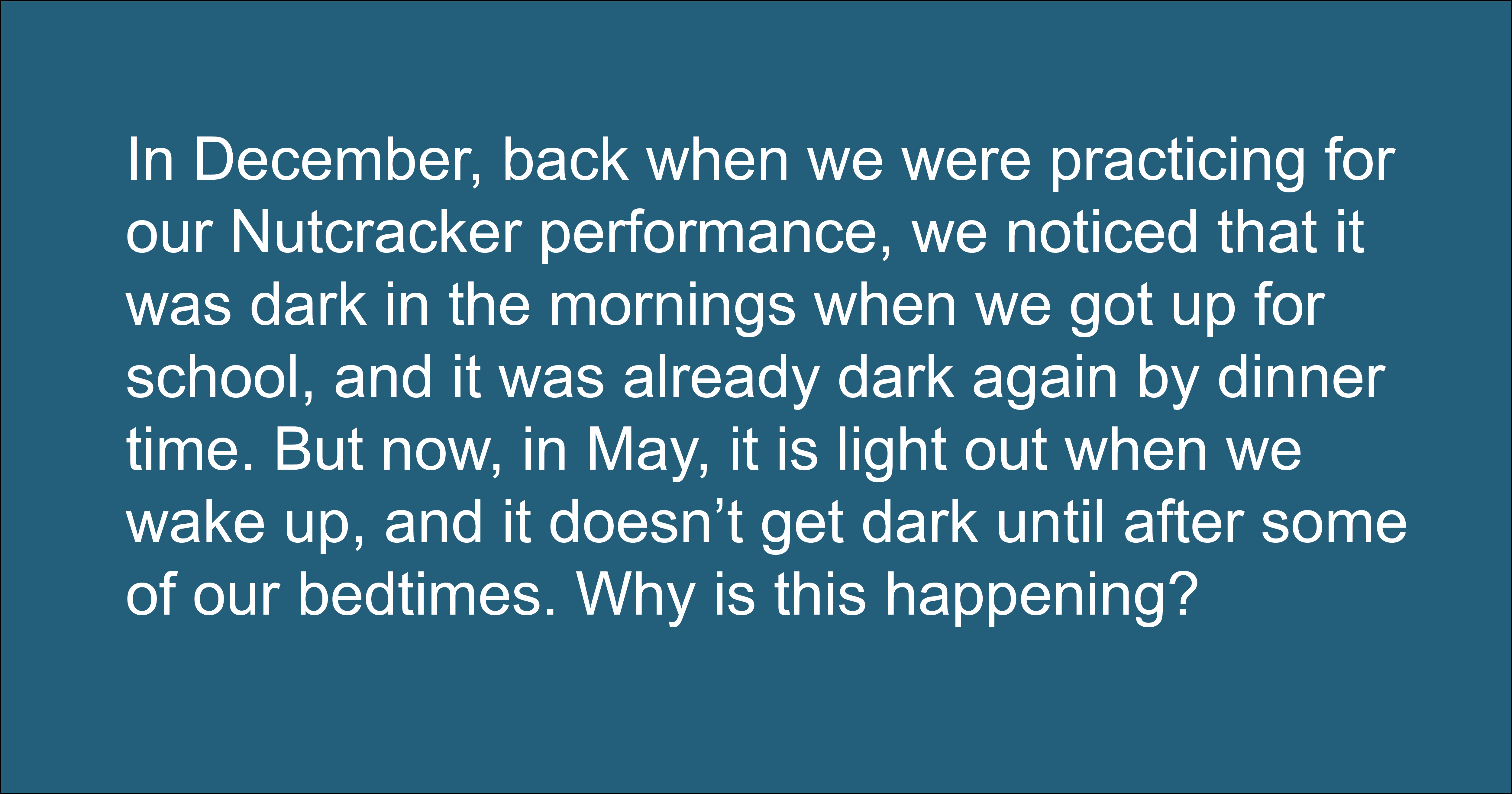
 During the unit, students engaged in many science practices, but we are focusing this blog post on their scientific modeling. In the NGSS, the primary purpose of engaging students in modeling is for them to use models to determine relationships between objects so they can explain phenomena in the natural world. To this end, I had students construct, share, and revise their models of the observed phenomena related to our overarching driving question.
During the unit, students engaged in many science practices, but we are focusing this blog post on their scientific modeling. In the NGSS, the primary purpose of engaging students in modeling is for them to use models to determine relationships between objects so they can explain phenomena in the natural world. To this end, I had students construct, share, and revise their models of the observed phenomena related to our overarching driving question.
We also kept a class model that we continued to update and revise through the unit (pictured is an early version of the model). It seemed useful for my students to have a place to share their ideas and keep track of them during their discussions. In that way, their models were useful for helping them make sense of day and night, a better option than me giving them models of day and night so they could tell me the science facts. I also found that modeling was a useful formative assessment tool, giving me richer insight into student thinking than traditional written assessments.
After a couple of weeks, it became clear that my students were ready to consider an important question about how the day/night cycle happens. We started by reviewing timelines students constructed the week before that plotted daylight and darkness in 24-hour cycles. Students recalled patterns from their data, and we agreed that there is a cycle of light and dark, day and night.
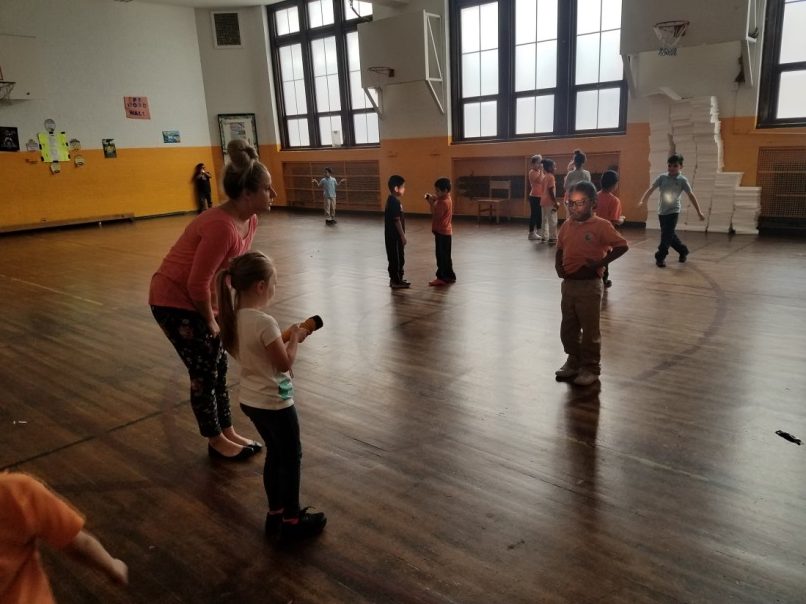 Next, I split students into pairs to role-play Earth and Sun. I gave them a flashlight to represent the Sun, and a sticker to place on one of their foreheads to represent Detroit on Earth. Once in the gymnasium, students took turns being the Sun and the Earth, and explored what kind of movement might create a day/night cycle like we observed in our data. Students’ ideas included the Earth rotating (while the Sun stood still), the Sun moving around the Earth (while the Earth stood still), both co-occurring, and the flashlight turning on and off (both stood still while Sun turned off and on). Many students ultimately tried keeping the Sun still while the Earth spun in place, mimicking the movement of the globe in our classroom.
Next, I split students into pairs to role-play Earth and Sun. I gave them a flashlight to represent the Sun, and a sticker to place on one of their foreheads to represent Detroit on Earth. Once in the gymnasium, students took turns being the Sun and the Earth, and explored what kind of movement might create a day/night cycle like we observed in our data. Students’ ideas included the Earth rotating (while the Sun stood still), the Sun moving around the Earth (while the Earth stood still), both co-occurring, and the flashlight turning on and off (both stood still while Sun turned off and on). Many students ultimately tried keeping the Sun still while the Earth spun in place, mimicking the movement of the globe in our classroom.
Back in class, we debriefed and had students share the different ways they made day and night “happen” in Detroit. Next, we watched a video of the Earth rotating, a phenomenon which can’t be observed from Earth. Students discussed their new ideas with their partners and shared them with the class. They observed the Earth slowly spinning, and they also noticed the area illuminated by the Sun was slowly shifting as the Earth spun. During the discussion, one of my students noticed the classroom globe was also partially lit by the sunlight coming through the windows. He walked over to it, and as he turned the globe, he and his classmates saw new parts of the globe becoming light and dark.
I concluded the activity by asking students to create models showing how day and night happen on Earth. What do you see in these two images? What do they tell you about student thinking?


I think the one on the top shows that the side of the Earth facing the Sun is lit, and the side of the Earth facing away from the Sun is in darkness. The one on the bottom shows that the movement of the Earth rotating in a circle has something to do with the day and night cycle. While several students shared these ideas, others were still including images from their bedrooms, more concretely connecting with our original phenomenon, while still others were showing the Sun moving around the Earth. I used about half of students’ models the following day in a gallery walk, representing a range of ideas, and afterward, students discussed what they observed in one another’s models. Throughout the unit, I continued providing students with new experiences, followed by class discussions about patterns based on new evidence, and students continued creating, sharing, and revising their models.

I loved using the models as a way for students to analyze their ideas about our phenomenon and communicate their ideas to one another and to me in ways that did not rely heavily on writing or vocabulary, and for me to learn about my students’ thinking. What are some ways that you use models in the science classroom? Or what are some of the challenges you’ve experienced? Please comment so we can learn with and from one another!
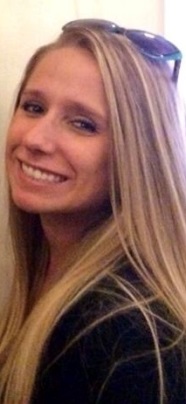
Kim Sedlmeyer graduated from Michigan State University (MSU) in 2011 with a degree in elementary education. Since 2012, she has taught at Escuela Avancemos! Academy, a first-year charter school in Detroit. The Academy is a Success for All school, and Sedlmeyer serves as Reading Roots Chair. Her other passion is dance, and she shares this passion with students every year by directing the school’s Nutcracker program and performances.
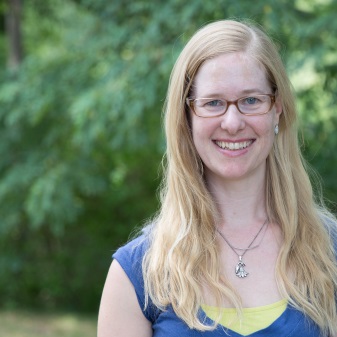 Christa Haverly is a doctoral candidate at MSU studying science teacher education, with an emphasis on urban elementary education. Her research centers on teachers’ pedagogical practices that are responsive to students’ science ideas and are socially just. Before beginning graduate school, she taught elementary school for a decade, working in three different urban elementary schools in Maryland and Illinois.
Christa Haverly is a doctoral candidate at MSU studying science teacher education, with an emphasis on urban elementary education. Her research centers on teachers’ pedagogical practices that are responsive to students’ science ideas and are socially just. Before beginning graduate school, she taught elementary school for a decade, working in three different urban elementary schools in Maryland and Illinois.
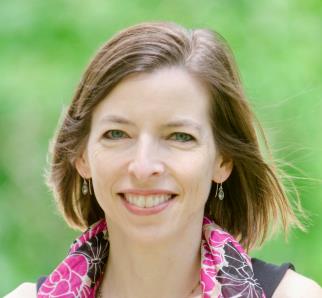 Christina Schwarz is an associate professor of teacher education at MSU. She is a co-editor and author of the NSTA Press book Helping Students Make Sense of the World Using Next Generation Science and Engineering Practices. She has served as subject-area leader in elementary science at MSU for more than a decade and enjoys working in classrooms with teachers and students. She hopes readers will be able to explore and enjoy modeling as much as she does.
Christina Schwarz is an associate professor of teacher education at MSU. She is a co-editor and author of the NSTA Press book Helping Students Make Sense of the World Using Next Generation Science and Engineering Practices. She has served as subject-area leader in elementary science at MSU for more than a decade and enjoys working in classrooms with teachers and students. She hopes readers will be able to explore and enjoy modeling as much as she does.
This article was featured in the August issue of Next Gen Navigator, a monthly e-newsletter from NSTA delivering information, insights, resources, and professional learning opportunities for science educators by science educators on the Next Generation Science Standards and three-dimensional instruction. Click here to sign up to receive the Navigator every month.
Visit NSTA’s NGSS@NSTA Hub for hundreds of vetted classroom resources, professional learning opportunities, publications, ebooks and more; connect with your teacher colleagues on the NGSS listservs (members can sign up here); and join us for discussions around NGSS at an upcoming conference.
The mission of NSTA is to promote excellence and innovation in science teaching and learning for all.
Future NSTA Conferences
2018 Area Conferences
2019 National Conference
Follow NSTA
Disclaimer: The views expressed in this blog post are those of the author(s) and do not necessarily reflect the official position of the National Science Teaching Association (NSTA).
Assessment Astronomy Earth & Space Science Multilingual Learners NGSS Phenomena Science and Engineering Practices Teaching Strategies Three-Dimensional Learning Elementary


